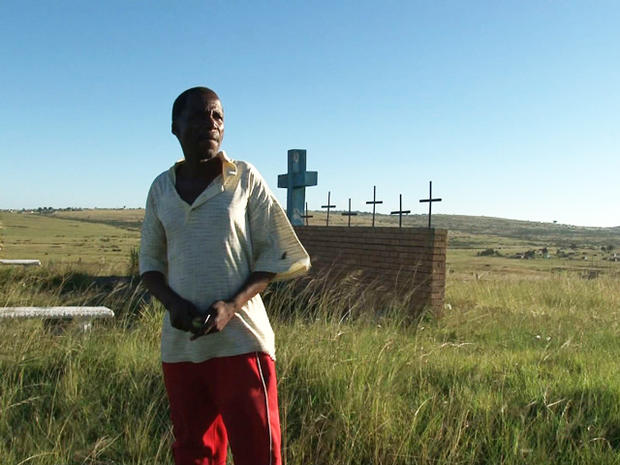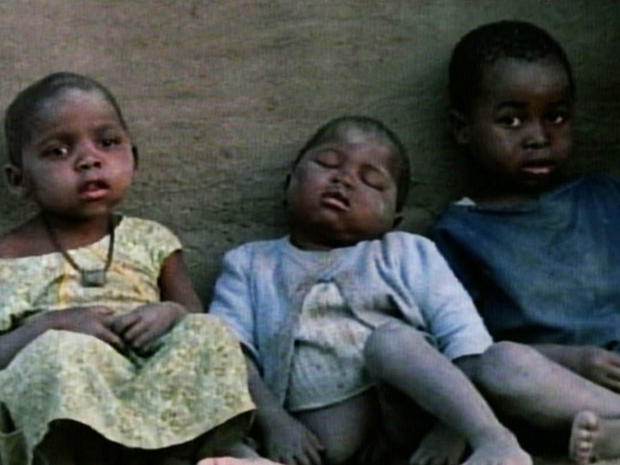In era of apartheid, footage of oppression biggest threat to regime
This story came about after I learned of a little-known
documentary called "Last Grave at Dimbaza."
In 1969, a group of South African exiles and British film students set out to
produce films about the apartheid regime in South Africa. Their film,
"Last Grave at Dimbaza," was one of the first independent films ever
produced about the racial oppression that four million white South Africans
wielded over 18 million blacks.
It would take nearly two more decades, and countless images of oppression and
violence broadcast to the world, for international pressure to be brought to
bear on South Africa's racist regime. But in 1974, when Nana Mahomo and his
filmmaker colleagues illegally shot and then smuggled the footage that would
become the documentary "Last Grave at Dimbaza" out of South Africa,
they exposed the government's brutal resettlement policy to the world, which
resulted in international condemnation.
Over two decades, millions of black South Africans were forced to abandon their
lives in cities and on farms, and were dumped in barren wastelands with no
infrastructure, no resources and no hope for a future. They were even stripped
of their citizenship. The government explained that it was returning blacks to
their "homelands."
After the film's images of stark inequality were seared forever in my mind,
correspondent Michelle Miller and I traveled to Dimbaza to see how its
residents were faring today, four decades after they were forced to leave their
lives and their extended families and start anew in the desolate grasslands of
the Eastern Cape.
We found it had become a vibrant and joyful community in the four decades since its residents were dumped there and left to fend for themselves. But it didn't take long to discover its people still bore the scars of their traumatic arrival and the painful memories of the past. As Dimbaza resident Patrick Madolo told us, if it wasn't for the kindness and generosity of one man, an Anglican priest named David Russell, they would have given up all hope for survival.
About the film: "Last Grave at Dimbaza," Directed by Chris Curling and Pascoe Macfarlane; Produced by Nana Mahomo, Antonia Caccia, and Andrew Tsehiana; An Icarus Films Release.
Additional archival footage provided by: ITN Source.

